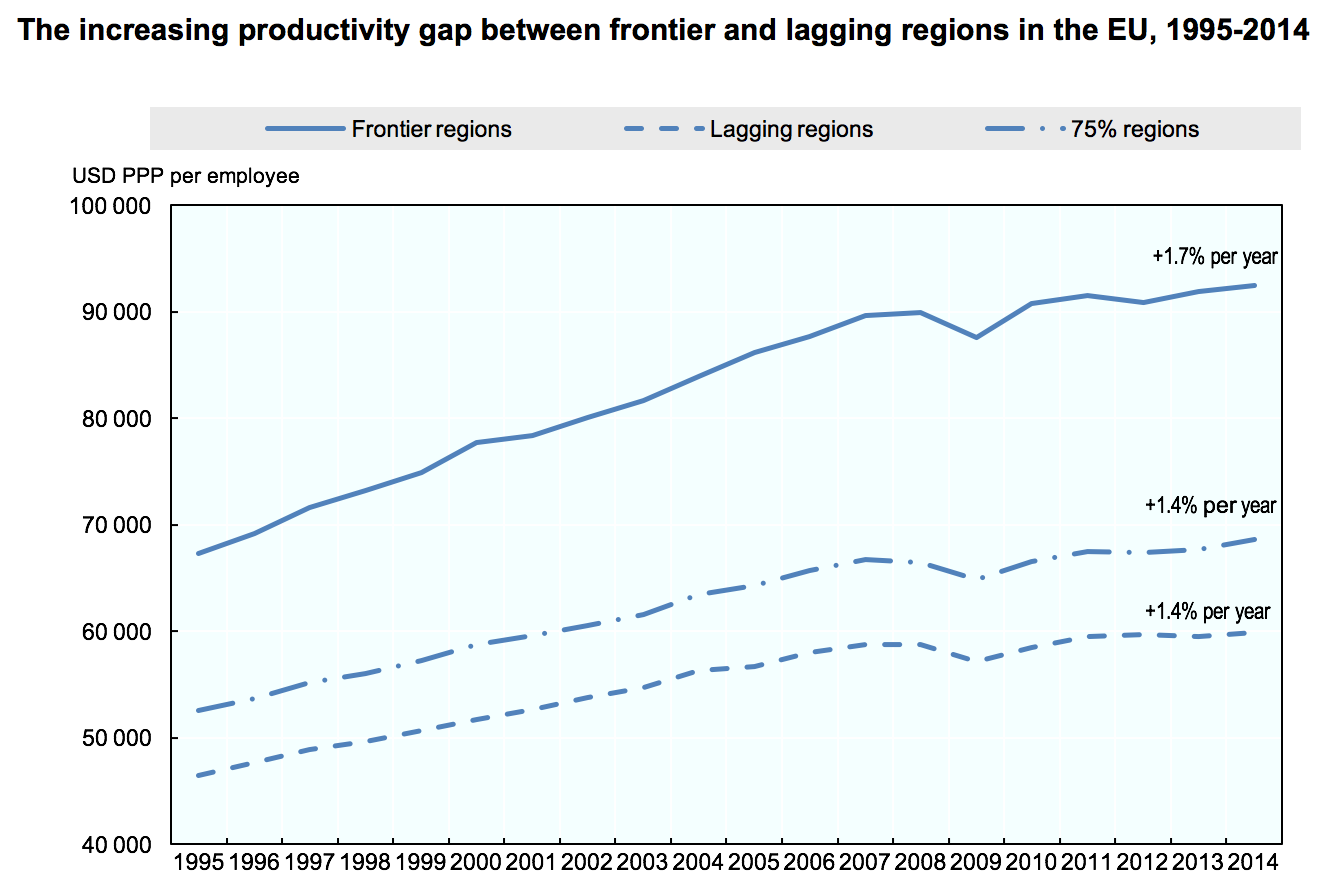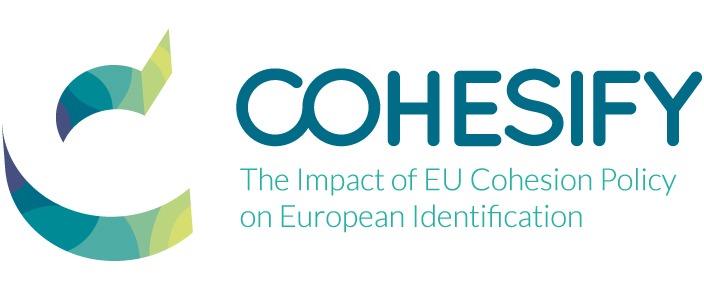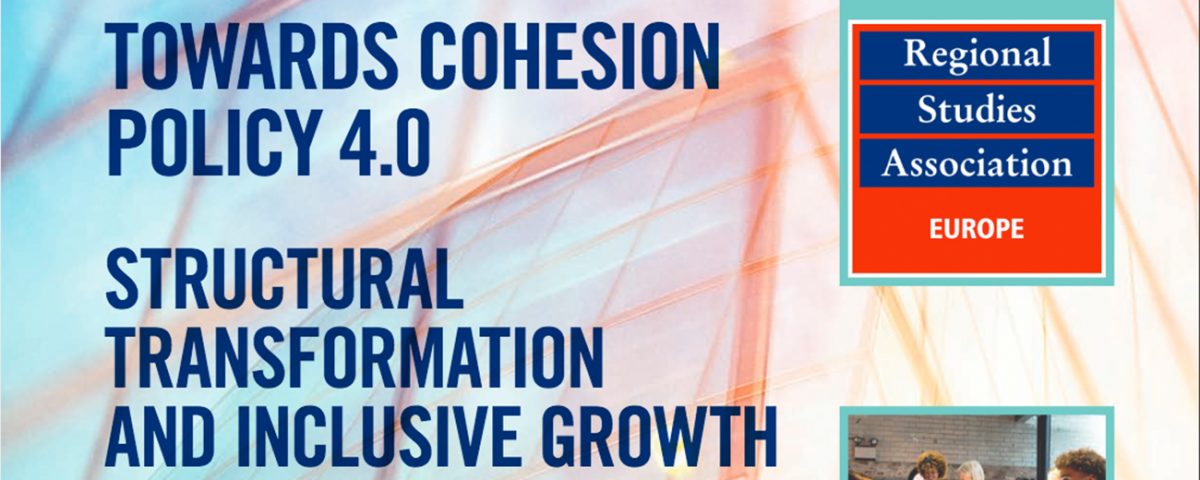
The European Pillar of Social Rights: White or Toothless Tiger?
June 22, 2017
Cohesion policy in numbers – an exploratory journey through the data bases
September 4, 2017In a context of reduced trust in the democratic institutions due to the financial, economic and migration crises and in view of the 7th Cohesion Forum, taking place in Brussels on 26 and 27 June 2017, Professor John Bachtler, director of the COHESIFY project, and fellow researchers at the OECD (Joaquim Oliveira Martins), from Slovenia (Dr Peter Wostner) and the University of Warsaw (Dr Piotr Zuber) have written a paper reflecting on what a future Cohesion Policy could look like.
The paper argues that part of the problem of reduced confidence in European integration is related to the unequal territorial distribution of gains and losses. It contends that the EU not only needs to accelerate sustainable growth but also to resume convergence so that all parts of the EU are able to exploit the opportunities from the globalisation of trade and technological change.
The evidence from the OECD analysis used in the paper is that the EU suffers from low labour productivity growth at below one percent per year. It suggests that the main source of the productivity slowdown is not a lower rate of innovation by the most advanced firms, sectors or regions, but rather a slowing of the pace at which innovations spread throughout the economy. At regional level, there is an increasing productivity gap between leading ‘frontier’ regions and lagging regions, a gap that has grown by 56 percent between 1995 and 2014. This is part of a broader trend of growing distance between the leading regions and most other regions. The inequalities across EU countries are now accounted for substantially by differences within rather than between countries.


Source: OECD Regional database. Data at the TL2 regional level.
Consequently, renewal of the successful European economic growth model depends on the EU’s ability to reduce the regional productivity gap, in particular the rate at which the diffusion of innovation and structural change takes place. The challenge for EU and Member State policymakers to develop policy frameworks and strategies that will stimulate inclusive growth sustainably, especially regarding access to employment and capacity for entrepreneurship. This demands a more place-based approach to structural policy, tailored better to the specific conditions of the different types of regions and communities across the EU. The paper is critical of existing EU strategies which have given insufficient recognition to the spatial unevenness of current needs and challenges for economic growth and development in the EU. A post-2020 strategy needs to be developed based on the following principles:- Focus on a limited number of key priorities that collectively promote accelerated innovation, structural transformation and inclusive and environmentally sustainable growth
- Encourage more effective and efficient governance to ensure institutional coordination, and integration horizontally across the policy domains at EU, Member State and regional levels, and vertically between EU, national and regional levels
- Promote structural reforms and investment in institutional capacity to optimise the conditions for reform and investment, particularly in the regulation of labour markets and other areas
- Ensure territorial and social inclusion, by taking account of territorial differences in the formulation and implementation of policies
Importantly, a new policy framework needs to be coherent and consistent across all relevant EU policies. Sectoral policies cannot deliver on a new EU agenda without integrated territorial policy packages. Equally, integrated territorial policy approaches cannot deliver prosperity and inclusive growth in the regions without well-designed sectoral and structural policies and reforms.
A new strategy for sustainable growth and structural transformation should set out a common policy vision and a coherent framework for all EU policies - through regulatory reform, directly managed and territorial policies – with a collective focus on improving the ecosystems for structural change at different levels. This will require a commitment by governments at different levels to work together to facilitate concerted and integrated action, combining a mix of policy inputs, to meet different territorial development needs and challenges. The agenda includes a reformed economic governance system to provide an integrated framework for economic policy coordination, as well as a mix of incentives and conditionalities to ensure that structural reforms are carried out. A new EU strategy also needs to be underpinned by a performance and accountability framework covering all areas of EU spending.
As part of this integrated approach to cohesive and inclusive growth, Cohesion Policy has a crucial role to play in ensuring territorially differentiated policy support to promote structural transformation through innovation-oriented ecosystems at regional and local levels. The key principles of the 2013 regulatory reform remain valid but changes are needed to maximise opportunities to influence structural transformation. These changes include: better coordination of funding instruments; recognition of the different territorial opportunities and challenges for frontier, intermediate and lagging regions; more emphasis on human capital; strengthened conditionalities; investment in capacity-building; and a significantly rationalised and differentiated implementation system.
However successful the current and future policies for structural change through Cohesion Policy, they will only have an effect on public opinion if they can be communicated in a way which registers and is seen as meaningful. This is the context for the H2020 COHESIFY project which is currently surveying public opinion on Cohesion Policy in 17 regions across 12 countries. Along with other research methods, this will contribute to the discussions of a future Cohesion Policy by drafting recommendations on how to better communicate Cohesion Policy results which may contribute to the re-establishment of trust and confidence in the EU institutions in the future.
John Bachtler, Joaquim Oliveira Martins, Peter Wostner and Piotr Zuber “Towards Cohesion Policy 4.0: Structural Transformation and Inclusive Growth” is a new report on post-2020 Cohesion Policy written by the above authors and published by the Regional Studies Association Europe.

